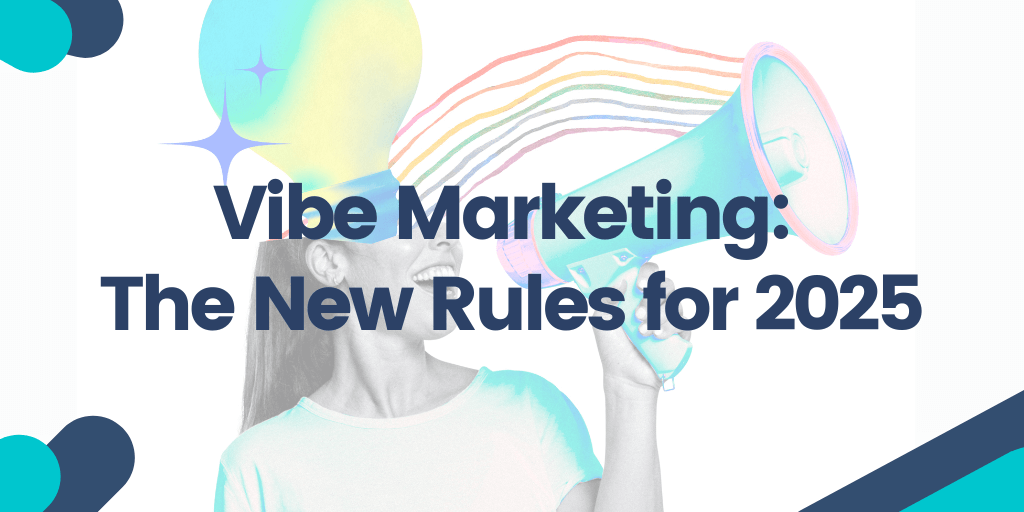You’ve probably already come across vibe marketing. The buzziest term of 2025, it’s all over Slack threads, LinkedIn updates, group chats, and founder circles. And when something explodes this fast, skepticism is natural. Is it a real shift—or just another industry plant we’re all being nudged to follow?
The doubt makes sense. But so does this comparison.
In the early 2000s, as the internet went mainstream, some brands rushed to build websites. Others waited. Fast-forward two decades, and you already know who survived. Today, the same pattern is playing out—just faster, quieter, and with far higher stakes.
While most teams are still poking around with ChatGPT prompts, early adopters are building entire marketing systems powered by AI agents and n8n workflows. They’re launching faster, testing smarter, and scaling without bloated teams.
That shift is what we now call vibe marketing. And if you want to understand where marketing is heading—and how to keep up—this is the place to start. What follows is a full breakdown of what vibe marketing is, where it came from, how it works, and how to make it work inside your business.
Contents:
- What Is Vibe Marketing
- Traditional Marketing vs Vibe Marketing
- AI Tools for Vibe Marketing
- How Can Your Business Implement Vibe Marketing?
- The Future Of Vibe Marketing
What Is Vibe Marketing
These days, one social media post is all it takes to start a revolution. It might sound a little over-the-top, yes. But with Andrej Karpathy’s, OpenAI’s co-founder, reach and impact, that’s exactly what happened. His now-viral X publication from early 2025 has racked up over 5M views and changed how businesses operate pretty much overnight.
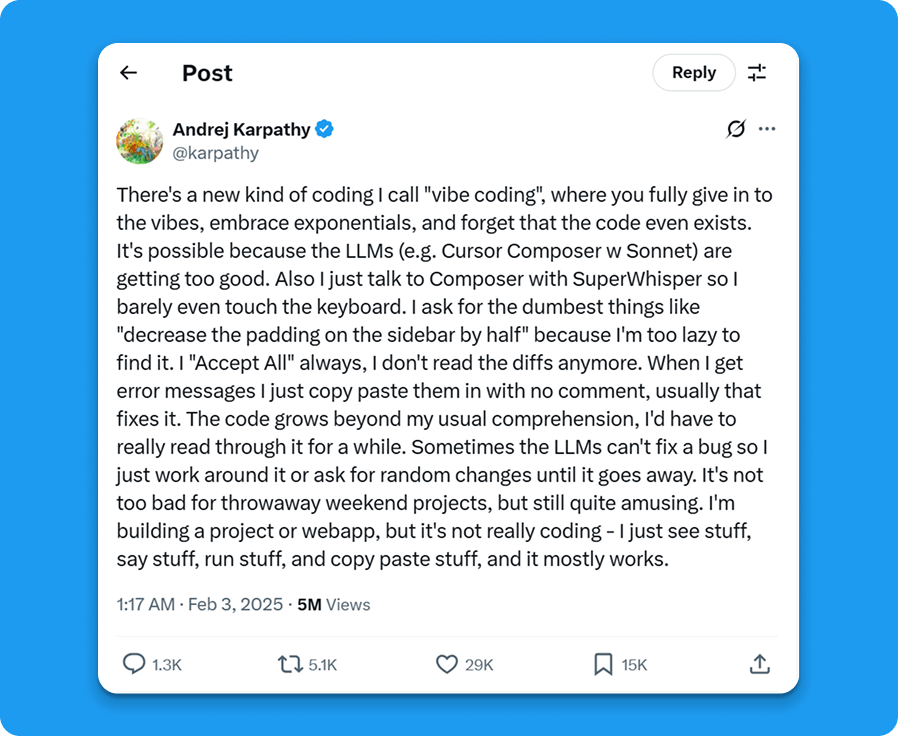
“I just see stuff, say stuff, run stuff, and copy paste stuff, and it mostly works,” kickstarted a new approach to development, vibe coding. Between February and June, Google searches for vibe coding jumped 6700%.
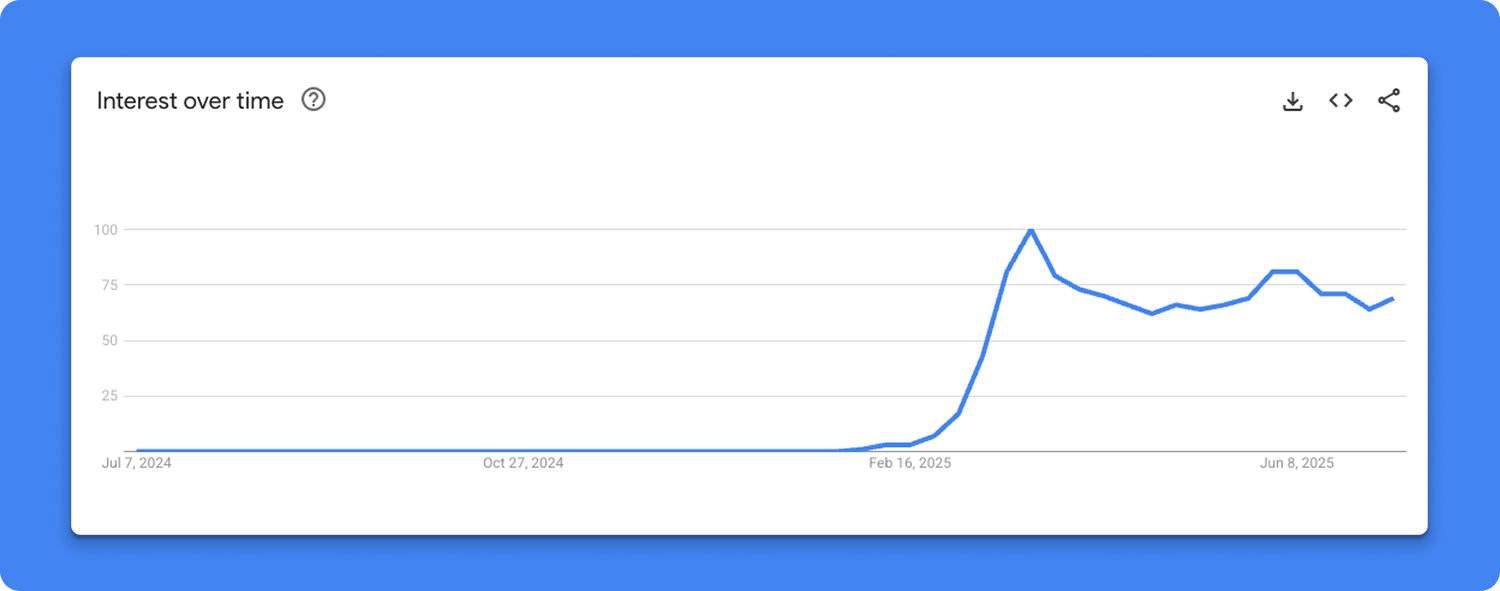
Thousands of companies—from lean startups to bloated enterprises, and even Fortune 500 companies—hopped on the wave and decided to use large language models (LLMs) to generate code based on natural language prompts, so that developers can focus on the desired functionality (the "vibe"), while AI handles execution. Building on this evolution, llm agents take automation a step further by managing not only code generation but also debugging, task coordination, and integration across tools—essentially acting as autonomous collaborators in the development process.
That wave had a ripple effect. “Vibe -ing” started spreading into other areas of business—marketing no exception.
Vibe coding has made automation accessible to non-engineers, AI has gotten significantly better at handling marketing tasks, and the cost of building custom tools has collapsed. The combination of all three sparked the birth—and rapid rise—of vibe marketing. Over the past 12 months, interest in global vibe marketing has surged 686%, and, according to Greg Isenberg, ex-WeWork product strategist, “it’s about to change the $250 billion marketing industry forever.”
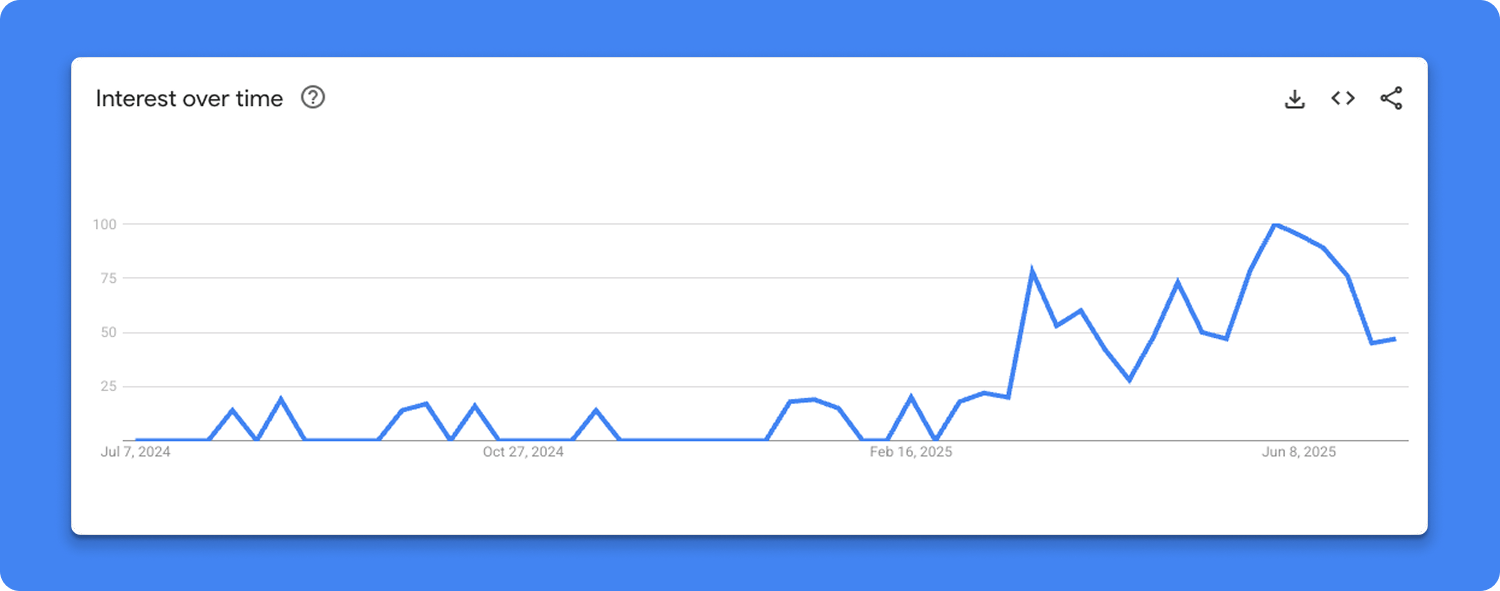
So, what is vibe marketing?
Vibe marketing is the process of using a combination of AI agents, no-code automation tools, and personalized workflows to automate and scale the execution of marketing tasks.
A solid vibe marketing AI setup is designed to minimize human input, speed up output, and keep the creative bar high—if not higher. With the AI market expected to grow at 37.3% from 2023–2030, teams use growth benchmarks to calibrate expectations and roadmaps. Instead of relying on a bloated team of specialists, a single marketer can run dozens (even hundreds) of automated processes: ad creation, content ideation, competitor analysis, outreach, and more.
“One smart marketer with AI agents can now do what 50 people at a Fortune 500 marketing department used to do.”
— Cody Schneider
Now, you might be thinking—all these buzzwords like “minimizing human input” and “reducing teams of specialists” sound a little sinister. But vibe marketing isn’t about replacing marketers. It’s about making us brilliant.
Just like with vibe coding, you don’t have to compete with vibe marketing tools. Rather, use them to increase your productivity, free up the time and resources to test more ideas, and focus on business-critical tasks that require human creativity.
Key elements of vibe marketing
- Automation-first: Time-consuming, repetitive tasks like ad analysis and competitor tracking are automated using tools like Lovable, Gumloop, Make, and OpenAI.
- AI agents on auto-pilot: Intelligent agents operate behind the scenes, constantly scanning, analyzing, and producing.
- Customization: All the tools and workflows are built around your specific marketing processes (often without needing engineering support to make adjustments).
- Scalability: Your vibe marketing setup helps your business grow and grows with your business. No matter the number of marketing campaigns to run, hypotheses to test, or data to analyze, one specialist can rely on automation and AI to achieve the output of a fully-fledged marketing team.
- Systematic: Beyond an one-off campaign, vibe marketing becomes constantly evolving, driven by live data machine that is built to adapt without starting from scratch every time.
“I used to manually check all our competitors' ads across LinkedIn and Google, take screenshots, analyze in ChatGPT, compare against ours—it was a whole thing. Now I built a dashboard with Lovable and Make.com that automates the entire workflow in 4 hours.”
— Sandra Dajic, Head of Marketing at Chatbase
Traditional Marketing vs Vibe Marketing
Traditional marketing is heavy. It depends on headcount, handoffs, and endless back-and-forth between specialized teams. A typical campaign moves through layers of approvals, meetings, revisions, and bottlenecks—until it finally launches, often weeks or months later.
The more you want to grow, the more people you need. Designers, copywriters, SEO folks, analysts, media buyers, project managers. Each with their own process, tools, timelines.
Beyond simply slowing things down, a structure like this puts a cap on how much you can test, iterate, and scale. And often, by the time results come in, it’s often too late to react.
Vibe marketing flips that model on its head, replacing rigid pipelines with flexible systems. One person, armed with the right AI tools, can run what used to take a full department. With vibe creative marketing, campaigns launch faster, data flows in real time, and feedback loops tighten.
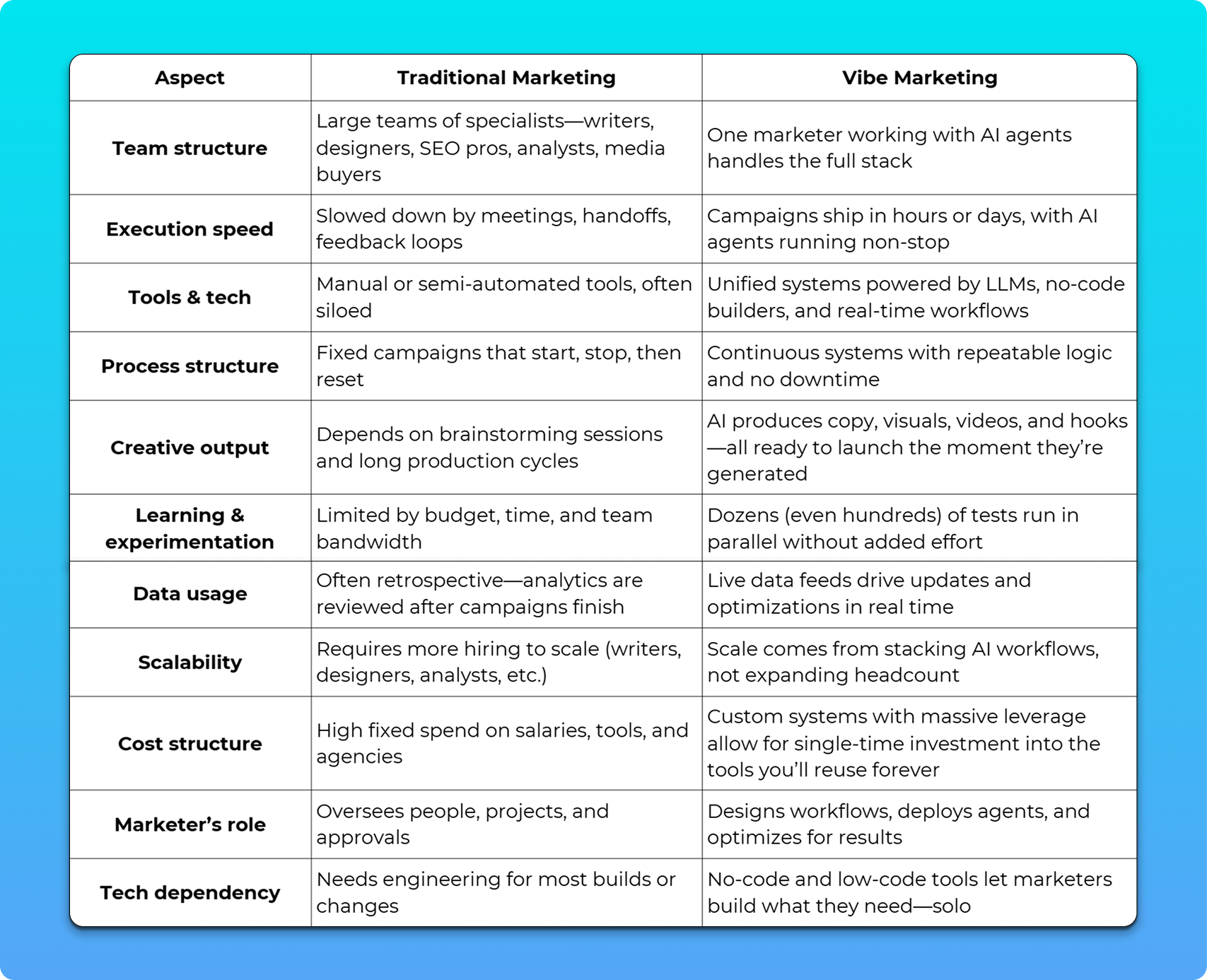
To be crystal clear, this isn’t a total split. There’s plenty of overlap between traditional marketing and vibe marketing, and there should be.
Strategy, brand, positioning, and storytelling still matter. The difference is execution. Traditional marketing leans on people, and is therefore limited by human resources. Vibe marketing leans on systems, freeing up people’s time and businesses’ money.
Many teams will live in both worlds for a while, blending classic principles with automation-first workflows.
AI Tools for Vibe Marketing
Vibe marketing took off the moment LLMs became fast, affordable, and widely available. That shift opened the floodgates. Now, the market is filled with tools built to solve specific, high-friction marketing tasks.
Here are a few tools frequently mentioned in vibe marketing reviews, all of which help bring the trend vibe marketing to life in practical, scalable ways.
N8N
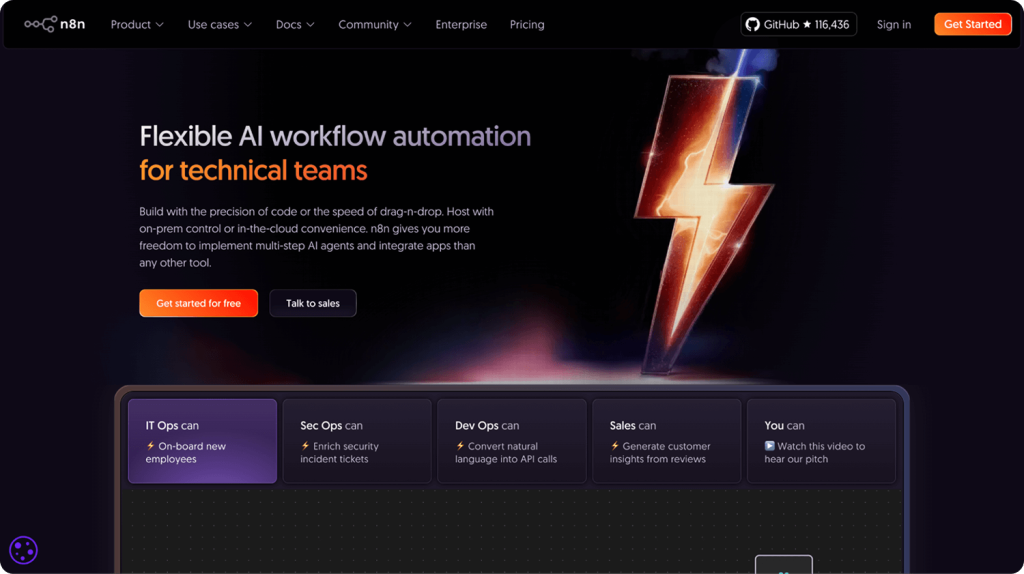
N8N is a workflow automation tool that connects apps and moves data between them. It’s similar to Zapier but more flexible. You can set up sequences that trigger when a lead fills out a form, pulls enrichment data, runs it through an AI model, and sends out a follow-up. You don’t need any coding knowledge to build these automated sequences, and once set up, they happen on auto-pilot.
Use this vibe marketing tool for: building custom, logic-based automations across your CRM, email, and AI tools.
Mysignature
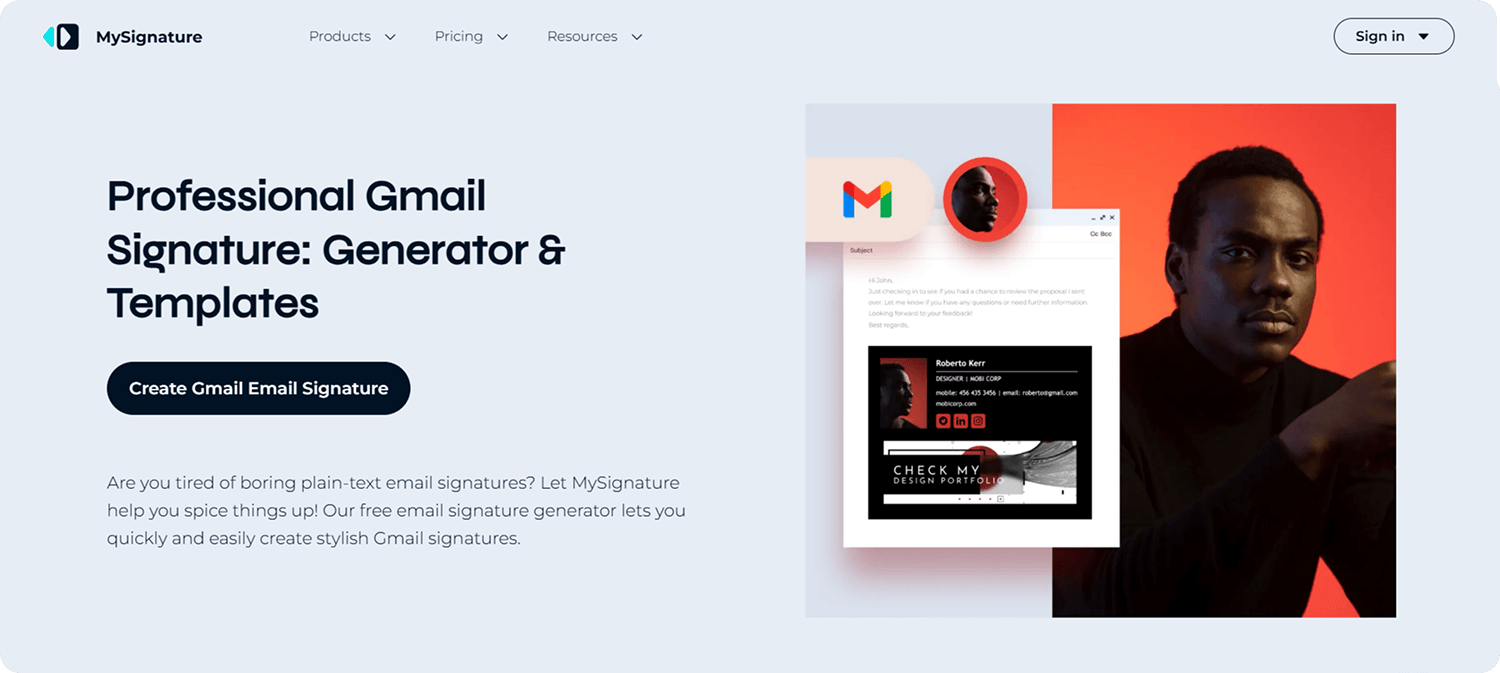
MySignature is an AI email signature maker with a built-in AI enhancement feature. Instead of manually designing team signatures, you can use the editor to create them quickly and then improve the layout and styling with one click using AI. This keeps branding clean and consistent across all outbound communication.
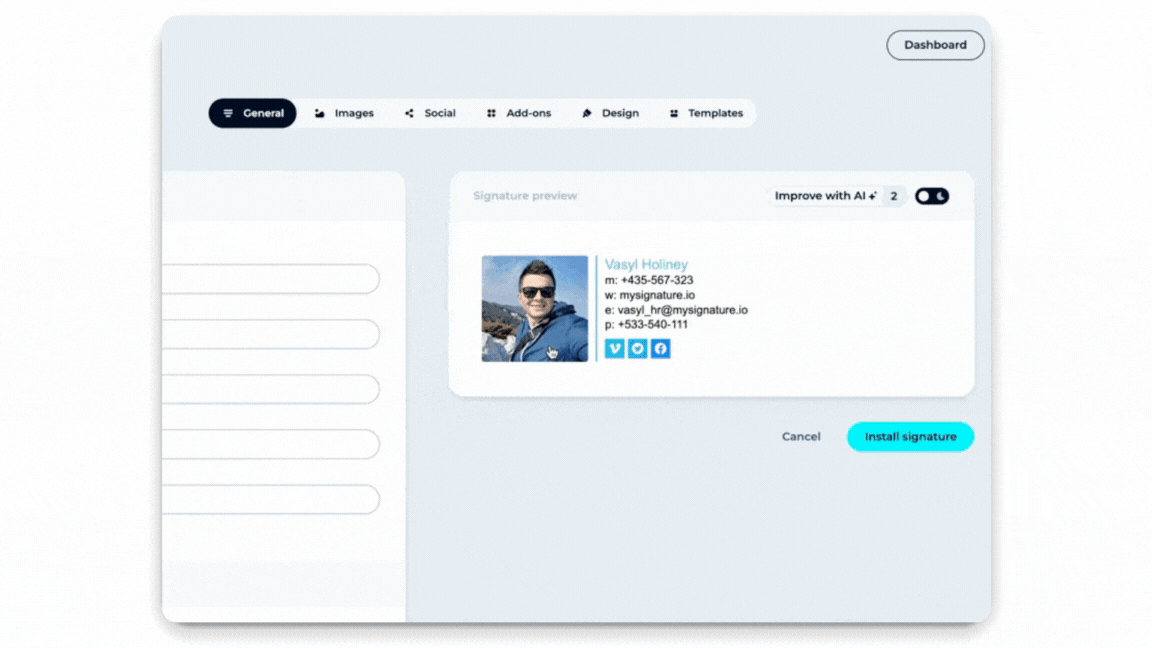
Use this vibe marketing tool for: creating high-quality, branded email signatures at scale, fast.
MCP clients
Unlike the other tools on this list, MCP clients isn’t a specific platform, but a category of vibe marketing tools. And an important one!
As you get a taste of vibe marketing and add more tools to streamline more processes, your workflows grow more complex. MCP (which, by the way, stands for “multi-client protocol”) clients give you a way to run multiple AI agents or workflows simultaneously, from a central workspace. Sort of a vibe marketing agency, where everything is kept connected, fast, and under control.
Some of the best tools in this category include:
- Claude Desktop
- Cursor AI
- Claude Code
- Windsurf
- Cline
- Continue
- LibreChat
Use this vibe marketing tool category for: coordinating multiple AI agents, workflows, and tasks in one place; running a vibe marketing agency.
Manus
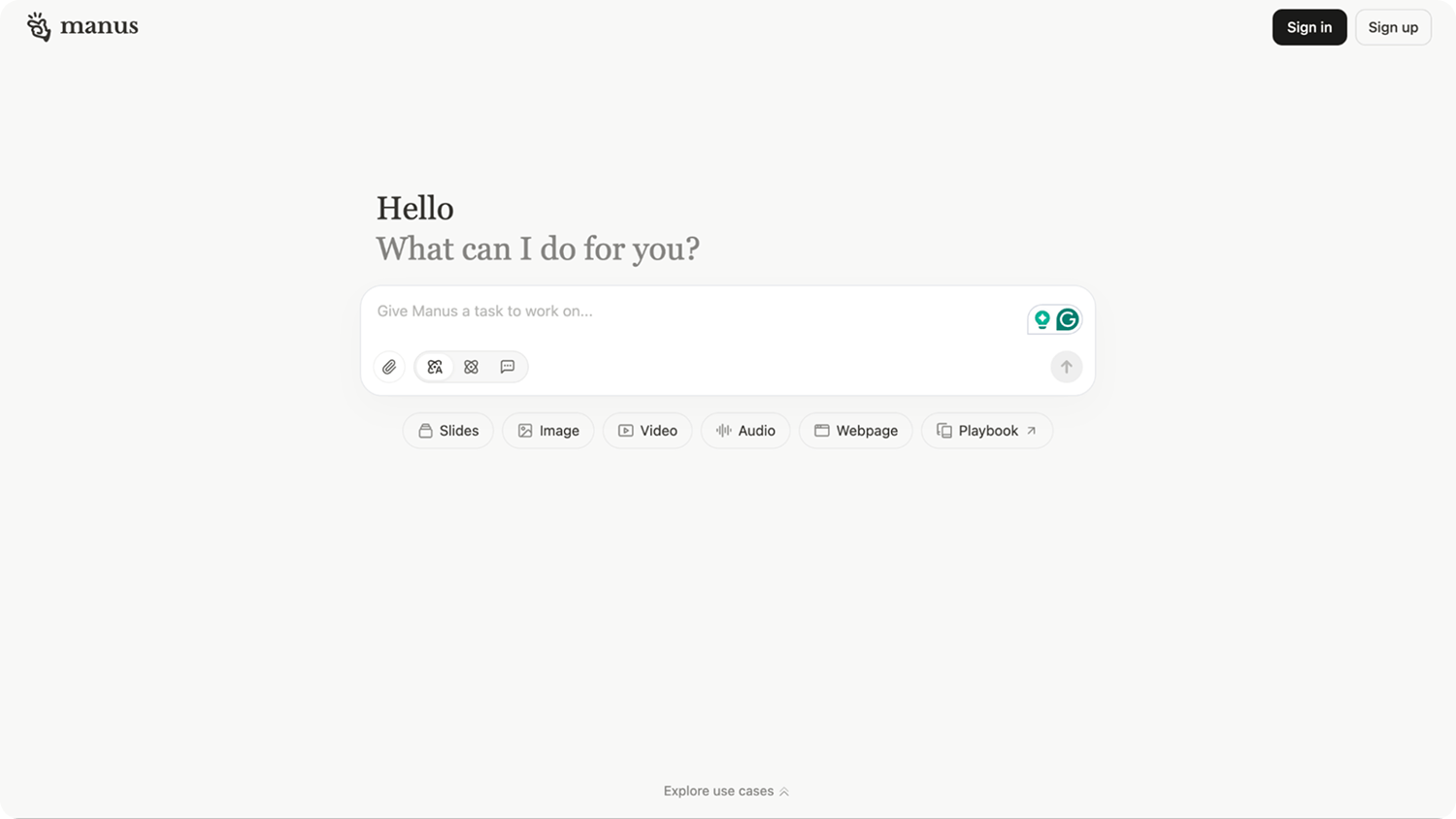
Manus is a general-purpose AI agent built to automate and optimize day-to-day marketing work. Handling a wide range of tasks from research to delivery, it effectively bridges the gap between marketing ideation and execution.
Its most notable capabilities include running competitor analysis, structuring content plans, and generating full SEO-ready blog posts or interactive landing page content. Manus also turns campaign data into visual dashboards and keeps multiple projects running in parallel.
Use this vibe marketing tool for: social media automation, automating research, content creation, and performance reporting across multiple marketing projects.
Lovable.dev
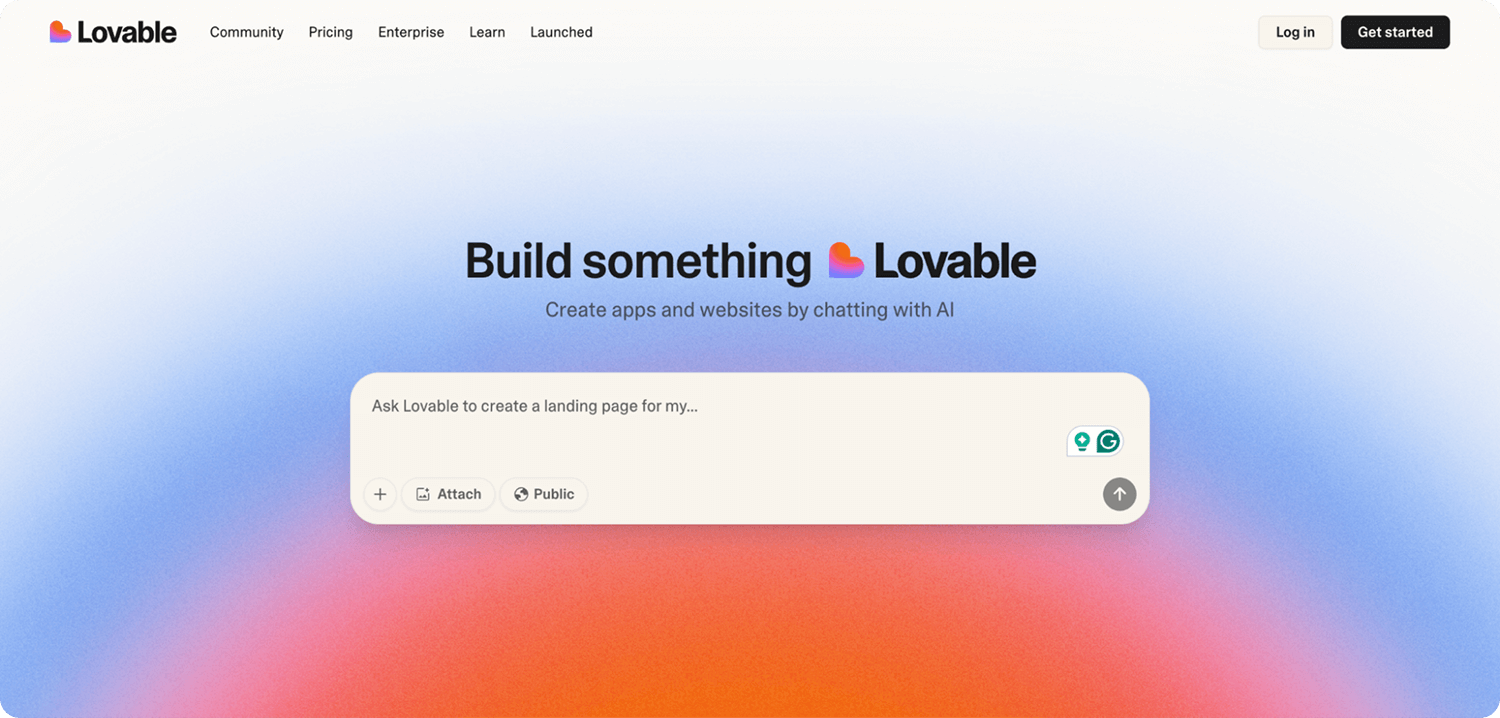
Originally marketed as a vibe coding tool, Lovable.dev has evolved into a go-to platform for vibe marketing, too. At its core, it lets you turn text prompts into working prototypes—whether that's a landing page, a blog, a form, or even a lightweight app.
It also includes a Multiplayer mode to invite others to edit the same project or create a shared workspace for team-wide collaboration.
Use this vibe marketing tool for: quickly building and iterating on digital assets.
Canva
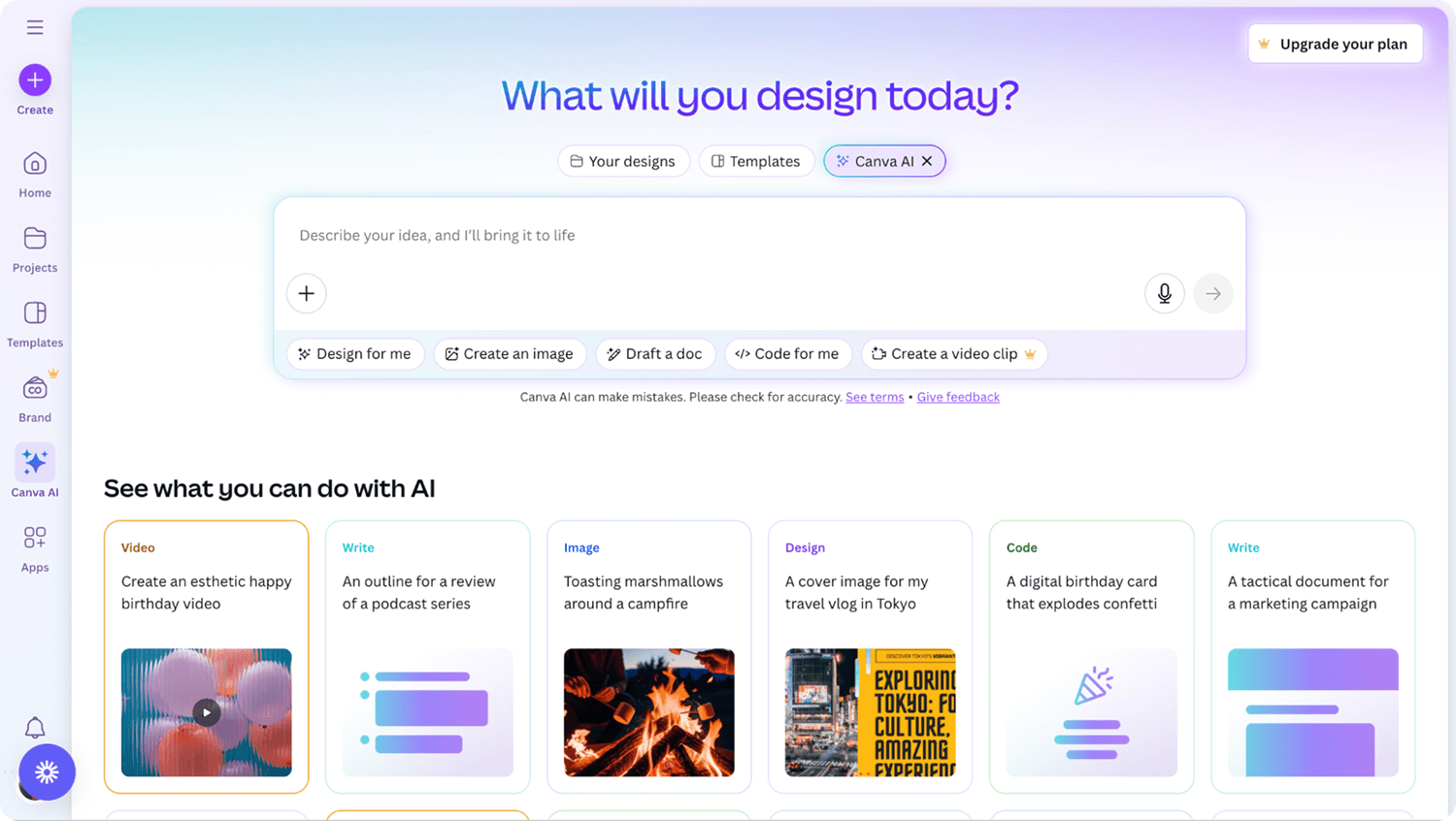
Canva’s been a go-to for marketers for years—especially if you’ve ever had to crank out social content without a full design team on call. Even before AI, it was the tool that helped teams move fast and look good doing it. And now, with vibe marketing on the rise, they’ve made it even easier to go from idea to execution.
The newest update, Canva AI, pulls all the generative tools into one smart assistant. You can brief it in plain language—plan a campaign, write the copy, generate the visuals—and it handles each step.
Use this vibe marketing tool for: brainstorming ideas and generating high-quality visual assets for your marketing activities.
Freepik AI Suite
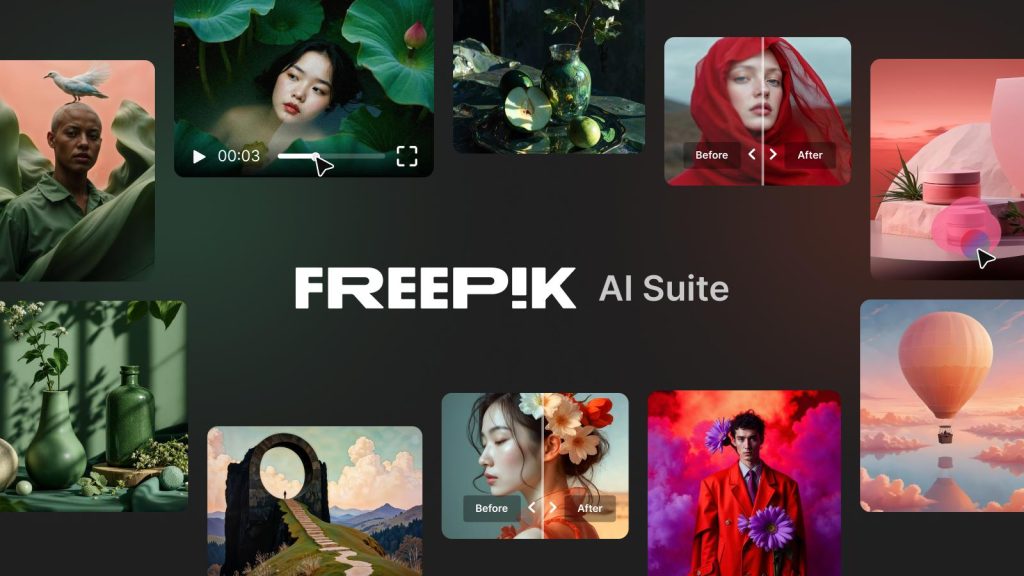
Freepik has always been a favorite among marketers for its vast collection of creative assets. Now, the Freepik AI Suite makes producing content even easier by combining all its AI tools into one platform.
You can generate visuals, edit images, create short videos, and even add custom audio. Workflows can now be guided by an intuitive AI Assistant that helps you refine prompts, set styles, and apply brand elements. The ecosystem is built to help you move quickly from idea to finished content while keeping everything on-brand.
Use this vibe marketing tool for: creating marketing content, social posts, and campaign assets.
How Can Your Business Implement Vibe Marketing?
As more and more businesses (of all calibers) are catching up with vibe marketing, the internet gets flooded with countless vibe marketing examples. You’ve probably already seen some, maybe even without realizing it.
The simplest of the cohort are AI-generated social media visuals. Whether created with Claude for prompts and ChatGPT for image creation, or using Canva start-to-finish, they’re often pretty basic, but they take seconds to make and they get the job done.
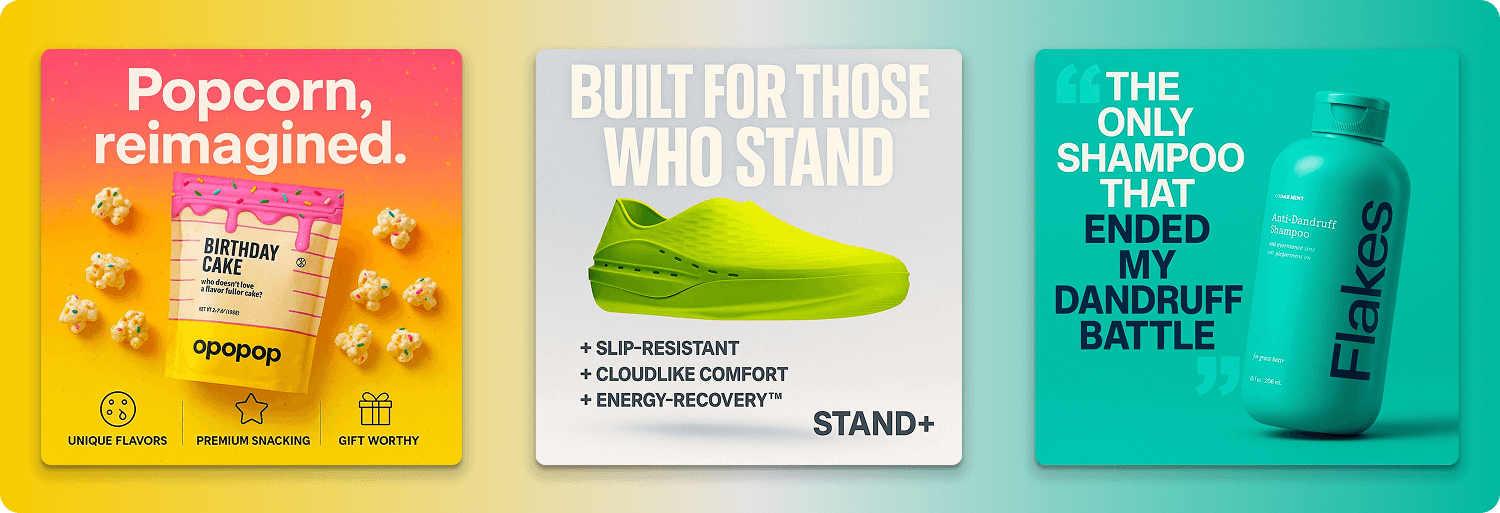
But if you’re aiming to do more than scale output—if you want the results to actually resonate—you need to combine automation with creative intent, human touch, and a clear point of view.
A great vibe marketing example (before vibe marketing officially became a thing) is Heinz. Back in 2023, this ketchup brand asked DALL·E to generate images of "ketchup." Over 90% of them looked unmistakably like Heinz bottles.
That insight could’ve been a one-off social post—but they built something bigger around it.
And Heinz could’ve just stopped there, sharing a one-off social post. But they built something bigger around it. To tie a bunch of image generations into a full campaign, the company created meaning behind it all with a campaign tagline: “Even AI knows ketchup = Heinz.”
A simple YouTube video brought the brand 15 million organic impressions and a 15% jump in sales.
For vibe marketing to work, you need to build a system around it. Here’s how to do it:
- Figure out what processes you need to automate (and whether they can be automated)
While it can be tempting to automate every single task on your team’s plate, it’s counter-intuitive (and, potentially, not yet possible).
Start by analyzing what your team is busy doing day-to-day. Create a list of all the tasks—ad setup, competitor research, outreach, blog planning, or wherever it is you repeat—and write them down in plain language.
Then drop each one into ChatGPT and ask if it can be automated in the first place.
- Turn your processes into automated workflows with relevant tools
Once you’ve identified which processes can be streamlined with AI, break them down into the exact steps you or your team take to get it done. From task creation to execution to follow up, make sure nothing falls through the cracks, or AI agents won’t be able to replicate your processes.
Then pick the right tools to wire your steps together. Platforms like Lovable, Make.com, N8N, Gumloop, and Lindy let you create full-blown workflows, turning fragmented tasks into self-running systems.
Take this example from Sandra Dajic, Head of Marketing at Chatbase. She built a fully automated ad intelligence dashboard that:
- Pulls competitor ads from LinkedIn and Google
- Captures screenshots
- Sends them to an AI model for analysis
- Refreshes automatically when new ads go live
- Build a micro-team of AI agents
The cleanest way to build your vibe marketing system is to assign each agent a single task—without multitasking or overlaps.
Tight scopes keep agents fast and reliable. And when something breaks, you can pinpoint the issue instantly.
Depending on the tasks you need to automate, you’ll have tailored AI agent roles. Here are the most popular ones:
- Data analyst – Pulls metrics from Sheets and surfaces key insights
- Content monitor – Scans Reddit, TikTok, or Twitter for early trends
- Outreach bot – Finds leads, writes custom messages, sends them
- Visual assistant – Generates branded visuals using Leonardo.ai or ChatGPT’s image model
Build AI agents like micro-hires. Each one should do one thing well. Stack them, link them, and let the system run.
- Build a stack that fits your workflow—not someone else’s
Vibe marketing is about stitching together the right tools for your use case. So, skip the all-in-one platforms. Instead, mix and match automation solutions, models, browser automation tools and more.
Here are the most popular ones to explore:
- Automation: Make.com, N8N, Gumloop, Lindy
- Models: GPT-4, Claude, DeepSeek, Code 3.7
- Data Layer: Google Sheets, Airtable
- Visuals: Leonardo.ai, Midjourney, ChatGPT image generation
- Browser Automation: Gumloop Chrome Extension
- Validate your channels before you automate them
Before you build automations, make sure the channel works. Post manually. Test content. Track conversions. If something gains traction, then systematize it.
“Validate a channel manually first. Once it works, you vibe market it—automate what you can, delegate the rest, then scale.”
- Build a system, not a one-off campaign project
You wouldn’t hire a marketing lead to run a single ad, then disappear. The same logic applies here. Vibe marketing is a system, not a shortcut or a side project.
And if you want results, you need to treat it like one.
That means shifting from one-off launches to ongoing workflows that learn, improve, and operate without constant oversight.
- Launch before it’s perfect—improve later
Would you ditch a candidate with an impressive CV and proven track-record of high-performing projects if they made a small mistake in a technical interview? Probably not, you’d give them room to prove their value. The same applies to vibe marketing.
“People are scared it won’t work. They’re right—it probably won’t at first. But you have to experiment more and more. That’s the unlock.”
Vibe marketing systems are meant to evolve, not sit in draft mode forever. So waiting until everything works flawlessly is the fastest way to stall momentum. Launch early, watch what breaks, then refine.
The Future Of Vibe Marketing
Is vibe marketing a fad? A gimmick that’ll fade in six months? A lot of people are asking that right now—and it’s a fair question. After all, it does take effort to set up, and you’d want to know what you’re signing yourself up for if you decide to implement it into your business.
But like it or not, AI is already embedded in the way we live and work. And the further the tech goes, the stronger that bond—personal and professional—grows.
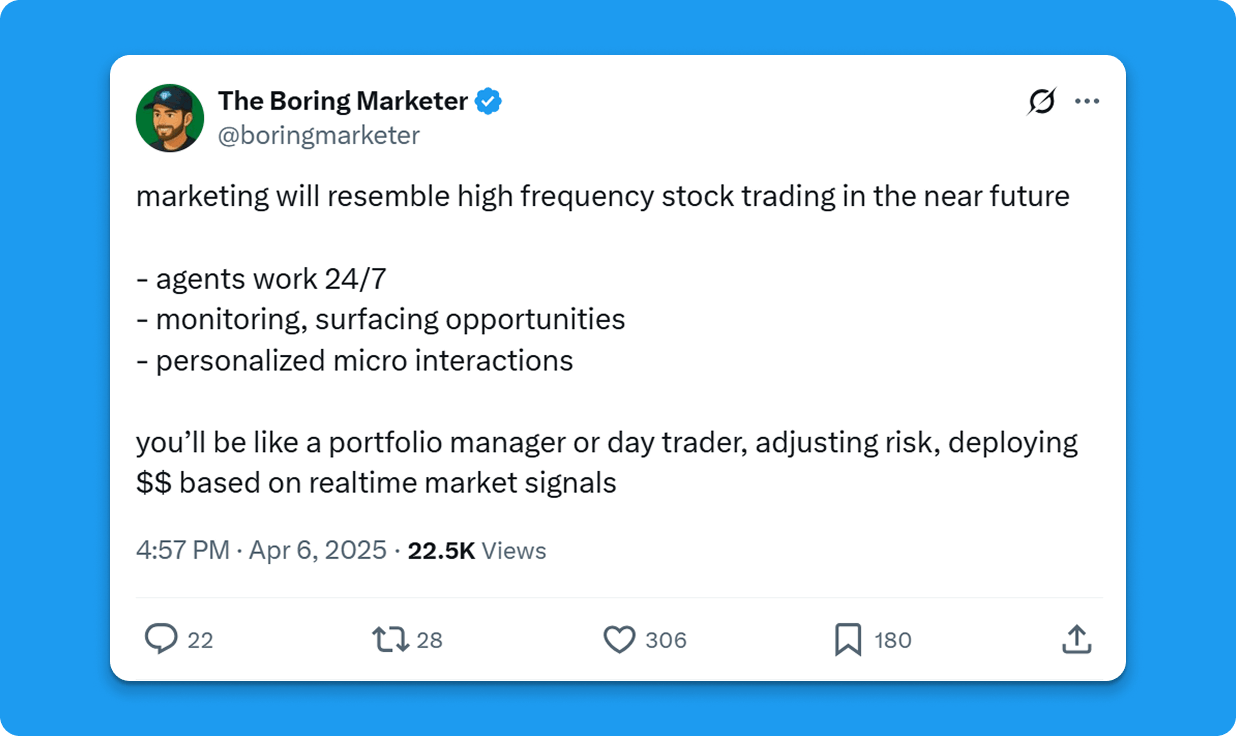
Here’s where it’s all headed:
- The rise of micro-tools. We’ll see an explosion of small, focused tools—each built to solve one problem exceptionally well.
- From scattered tools to full systems. AI won’t live in isolated apps anymore. Interconnected agents will work together, managed by higher-level agents trained by humans.
- Real-time optimization becomes standard. Workflows will adapt automatically. Manual dashboards and weekly reviews will phase out as agents will flag what matters when it matters.
- Lean teams, bigger impact. The future team is five people running systems, not fifty doing manual tasks. Generalists who know how to deploy and direct agents will lead.
- Speed gaps widen fast. Businesses using vibe marketing will operate at 10–20x the pace and efficiency. Those who don’t adapt will be left playing catch-up.
- Marketing shifts from campaign-based to goal-based. Marketers won’t build campaigns manually. They’ll set targets—“grow this list,” “generate 50,000 organic visits”—and systems will figure out how to deliver.
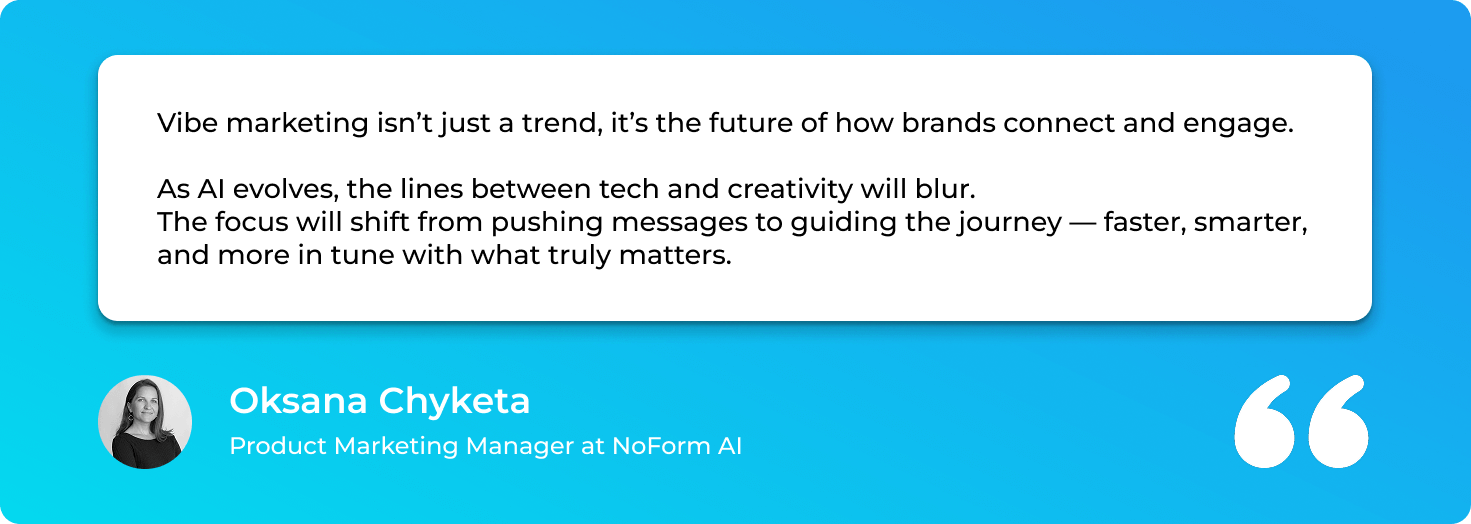
And perhaps most importantly: the focus shifts to the marketer. As workflows become more automated, creativity, direction, and strategy become the marketer’s main value. The person behind the system matters more than ever. Your tone. Your decision-making. Your ability to direct agents toward outcomes.
That’s why AI for personal branding is quickly becoming part of the modern marketer’s toolkit. Your name, your work, and your style are no longer separate from the system—you are the system.


